Get PeakVisor App
Sign In
Search by GPS coordinates
- Latitude
- ° ' ''
- Longitude
- ° ' ''
- Units of Length

Yes
Cancel
Share ×

Scan the QR code and open PeakVisor on your phone
❤ Wishlist ×
Choose
Delete
Chachaya Lai Mountain Major Wildlife Habitat (茶茶牙賴山野生動物重要棲息環境) is located at the southern end of the Central Mountain Range (中央山脈) in Taiwan. There are 2 named mountains in the reserve: Cha Cha Ya Dun Shan (茶茶牙頓山) at 1,325 metres (4,347 ft) in elevation and Jiapuan Shan (佳菩安山) at 1,083 metres (3,553 ft) in elevation.
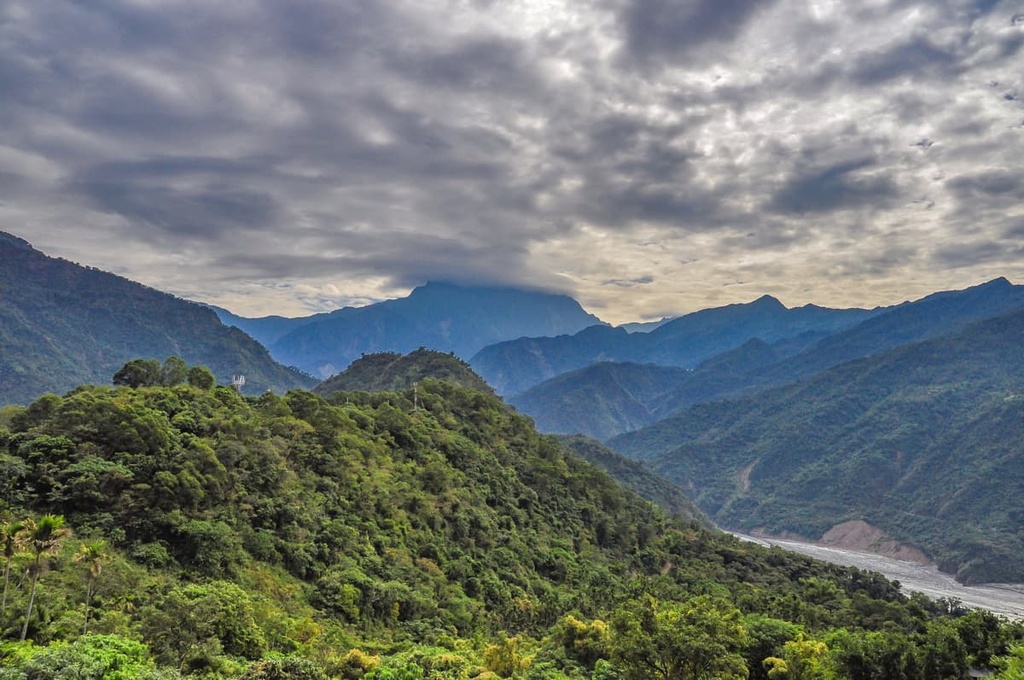
Set in the Sizhi Township (獅子鄉) of Pingtung County (屏東縣) in southern Taiwan, Chachaya Lai Mountain Major Wildlife Habitat is located in the northern-central part of the Hengchun Peninsula.
As one travels southward in Taiwan from the mountainous northern part of the island, the precipitous landscape becomes substantially flatter. Thus, the hills of Chachaya Lai Mountain Major Wildlife Habitat form the end of the characteristically sharp and high peaks of the Central Mountain Range.
While rich and dense in protected plant and wildlife species, Chachaya Lai Mountain Major Wildlife Habitat does not occupy a great deal of land, as it covers an area of just 2,004 ha (4,952 ac). However, the terrain is hilly, with an elevation ranging between 550 to 1,325 metres (1,804 to 4,347 ft).
Chachaya Lai Mountain Major Wildlife Habitat features a typically southern Taiwan climate of year round warmth and humidity, with the mean annual temperature sitting at 68°F (20°C). The forests are predominantly damp as the average yearly rainfall accumulates more than 3,000 mm (118 in) of rainwater, mainly between the summer months from May to September.
Together with the heavy precipitation, the streams flowing through the wildlife habitat add to the moisture and humidity levels of the verdant woodlands. The Fangshan River (枋山溪) and Xidujiao Creek (與西都嬌溪) run through the valleys of the wildlife habitat.
While Taiwan forestry officials have enacted measures to conserve the rare plant and wildlife species in Chachaya Lai Mountain Major Wildlife Habitat, the remoteness of its location is one of the key factors that keeps the crowds at bay.
To the north of the Chachaya Lai Mountain Major Wildlife Habitat and the peak of Cha Cha Ya Dun Shan lies Dahan Shan (大漢山). To the east of the habitat is Dawu Mountain Nature Reserve (大武山自然保留區), while Shuangliu National Forest Recreation Area (雙流國家森林遊樂區) is located to the south.
To the west of the reserve is the vast sea of the Taiwan Strait (臺灣海峽). Here, the coral reef island of Xiao Liuqiu (小琉球) is located just a short distance off the shore of Pingtung City (屏東市).

The peaks of Chachaya Lai Mountain Major Wildlife Habitat consist mostly of black shale and slate rock that date to the Miocene. The southeast mountain block of the Central Mountain Range is predominately home to slate, too.
The soil in the region ranges from slightly acidic to acidic. This is partly because the soil is derived from the slate bedrock in the region. Slate soils are known for being particularly acidic, especially in very rocky regions, like what is found in the reserve.
The forests of Chachaya Lai Mountain Major Wildlife Habitat are particularly biodiverse. Some 334 species of vascular plants grow in the region, including 84 species of ferns and 250 species of angiosperms. In addition, 28 gymnosperms thrive in the forests, of which 18 species are endemic to Taiwan.
A natural broad-leaved forest covers the verdant, humid land in the reserve. Here, the forest floor is often blanketed in ferns, including the flying spider-monkey tree fern, also known as Alsophila spinulosa. The only conifers that prosper in the forest are Taiwan spruce.
The wildlife habitat is also home to 26 rare plant species, such as the Taiwan catkin yew (Amentotaxus formosana), which is endemic to the Hengchun Peninsula. This plant flourishes in wet environments; thus, the woodlands on the eastern mountain slopes of the reserve are the perfect place to nurture these endemic trees.

Three distinct forest zones are present in the Chachaya Lai Mountain Major Wildlife Habitat.
The first forest zone is home to an abundance of trees of the genus Castanopsis. Ferns, red chrysanthemum orchid, and cinnabar root are typical plants found in the lower elevations of the wildlife habitat.
The second forest zone is home to Chinese longan trees, ginseng trees, Taiwanese mountain loquat, and black cherry trees. Finally, the forest canopy features Quercus championii, Phoebe cylindrica, Lithocarpus chinensis, and Castanopsis indica.
As the wildlife habitat occupies a narrow area with surrounding plains, there are relatively few large mammals that live in the reserve. That said, the native Taiwan macaque lives in the region’s dense forests, as does the Taiwan wild goat.
Due to the abundance of forests, the most common animals found in the Chachaya Lai Mountain Major Wildlife Habitat are birds. The blue-bellied pheasant, crested goshawk, green woodpecker, and great crested eagle are just some bird species that frequent the wildlife habitat.
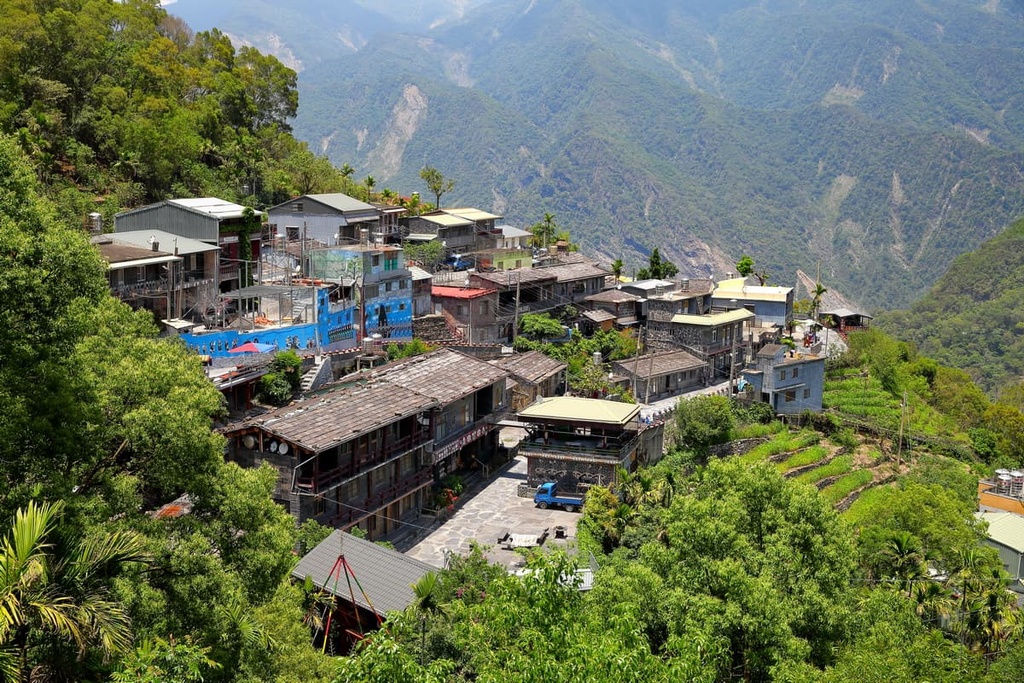
The Sizhi Township of Pingtung County near Chachaya Lai Mountain Major Wildlife Habitat is best known for being the site of the 1875 Battle of the Lion Head Society.
This battle was a result of frustrations from the Indigenous Paiwan Tribe over interference from the Qing dynasty. In addition to being upset with the day-to-day restrictions placed on them by the Qing dynasty, many Paiwan were upset over the murder of many of their tribal members who had lived in Shitou Village.
As a result, a three month–long battle ensued, resulting in many casualties on both sides. While the Qing dynasty won the war, they lost many soldiers.
Additionally, the woodlands of the Chachaya Lia Mountain Major Wildlife Habitat endured heavy logging during the Japanese Occupation Era of Taiwan.
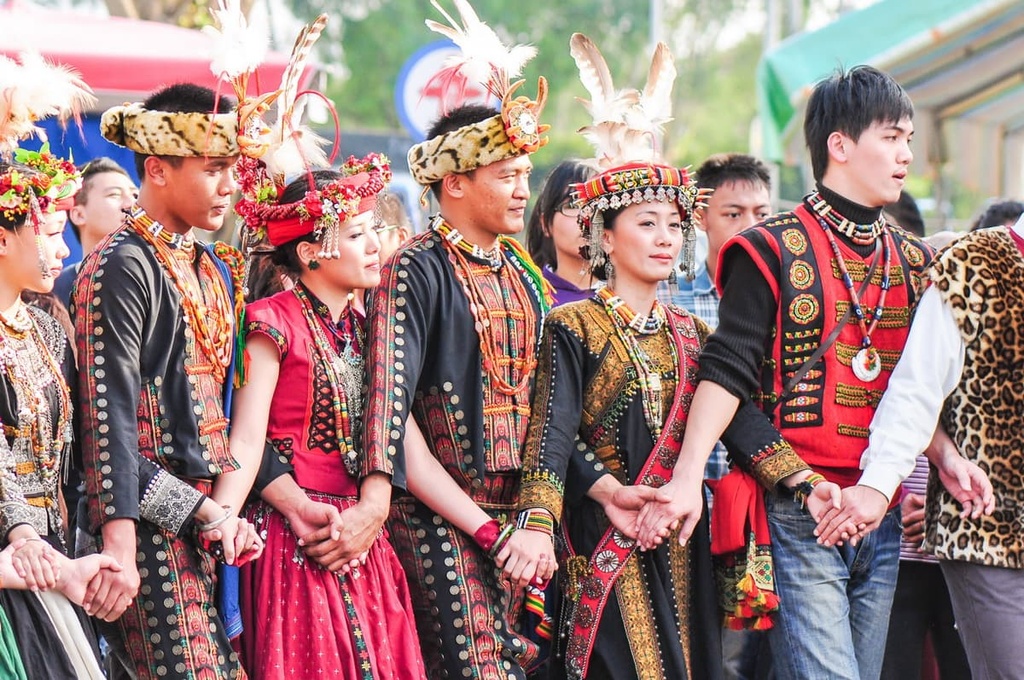
As soon as Japanese officials discovered the abundance of Taiwan cedar trees in the verdant mountain forests of Taiwan, they invaded the lofty woodlands and forcibly removed many Indigenous peoples in the region to gain complete control and unobstructed access to the forests.
Evidence of this logging activity is noticeable in certain areas of the wildlife habitat. For example, logging bases are still present in the area. Forest officials have now planted Taiwan beech, Taiwan elm and acacia trees in these once barren woods.
Chachaya Lai Mountain Major Wildlife Habitat offers some excellent outdoor recreation opportunities. However, as the reserve is quite small and as it only contains 2 peaks, it doesn’t have as many marked trails as other nearby parks. Thankfully, there are plenty of other nearby attractions that offer additional hiking opportunities.
Both hikers and bikers favour Cha Cha Ya Dun Shan for its smooth, gentle terrain and wide paths for the first 600 metres (1,968 ft). Even from this height, the views are incredible and the landscape is lush and verdant. Climbing from the 600 metres (1,938 ft) mark, the trail becomes steeper as its path zigzags up the mountain.
As hikers and bikers progress up the mountain, vast pastures of neatly lined watermelon farms unveil before them. The marine blue line of the Fangshan River visibly snakes its course from the clearing.
As hikers gain elevation, the fierce cold winds brushing off the Pacific Ocean in the east is an unwelcome surprise. A thicket of acacia trees shading the path, while higher up the mountain forest, clusters of Taiwan spruce dominate the land.
Near the summit lies a large and obvious slide where minimal vegetation grows. A final sharp climb leads hikers to the open summit, where hikers can observe views of Jiapuan Shan to the south.
While the summit of Jiapuan Shan is forested and offers few vistas, hikers still enjoy trekking this peak as the forests leading up the mountain are raw and pristine. Also, not many hikers visit this trail; thus, it feels as though one is entirely lost in nature without a soul in sight.
On this trail, hikers will cross the refreshing clear waters of the Fangshan River to begin their trek up the mountain. Adding a delightful flair to this trek, flurries of butterflies are known to frequent the area. The climb involves scaling up steep boulders before hikers enter a damp and sheltered forest of Taiwan catkin yew.
From the clearing, hikers can note the northern peak of Cha Cha Ya Dun Shan. However, the summit of Jiapuan Shan is mostly just a resting area as there are few views from the top. Nevertheless, at the summit, you can marvel at the fact that the Pingtung clematis (Clematis akoensis) was actually first discovered on the summit of Jiapuan Shan.
Once hikers are ready to descend the mountain, they embark on a different route where new views await them as they make their way down the hill.
This once-historic road falls outside of the boundaries of the Chachaya Lia Mountain Major Wildlife Habitat. However, the reserve’s proximity to this highly sought-after old hike solidifies its place in the areas of interest for hikers in the region.
The Shuishuiying Ancient Road (浸水營古道) once connected the west coast of Kaohsiung City (高雄市) to the eastern Daren Township of Taitung County over the course of 49 km (30 mi). While a modern motorway now links the two coastal cities, parts of the historic route have remained intact for hikers to enjoy.
The route begins at the 23.5 km (77 mi) point on the Dahan Forest Road. As hikers trek through the forested paths of Taiwan cedar and lemon eucalyptus, ancient artefacts are unveiled along the route. These artefacts are charcoal kilns, which were once used to warm homes, and abandoned surveillance posts used during the Japanese Occupation Era.

Sitting right beside the eastern boundary of Chachaya Lia Mountain Major Wildlife Habitat is another protected area: Dawu Taiwan Oil Fir Conservation Area (大武臺灣油杉自然保護區). This area protects the threatened endemic species of Taiwan Oil Fir, which is also known as Taiwan Keteeleria (Keteleeria davidiana var. Formosana Hayata).
The Taiwan Oil Fir is closely related to the Taiwan cedar. Just over 100 Taiwan cedar trees occupy the 5 ha (12 ac) area of the Dawu Taiwan Oil Fir Conservation Area.
This is a very large concentration of these trees as the whole of Taitung County is home to just 525 Taiwan cedars. As the elevation range in the reserve is between 600 to 700 metres (1,968 to 2,296 ft), a low to middle elevation temperate forest zone occupies the wet and humid landscape in the region.
Visitors can only find clusters of Taiwan cedar trees in the mountains of Dawu and Daren townships of Taitung County and in the Pinglin and Jiaoxi townships of New Taipei City (新北市) and Yilan County (宜蘭縣), respectively.
However, only the Dawu Taiwan Oil Fir Conservation Area allows visitors to access the misty Taiwan cedar forests and get close to these rare trees. There’s also a recreation centre in the reserve that educates visitors on the ecological importance of these protected trees.

Just like the Shuishuiying Ancient Road, the Kayoufeng Waterfall Trail is located outside the boundaries of the Chachaya Lia Mountain Major Wildlife Habitat.
However, it is the largest waterfall in Pingtung County. It also connects to the Ping’e Highway, which leads to the wildlife habitat. As such, this is a much-loved gem for visitors who are going either to or from the Chachaya Lai Mountain Major Wildlife Habitat.
Here, the Fangshan River branches out to form the Atuwen River, from which the Kayoufeng Waterfall (卡悠峯瀑布) flows. The trail is only 500 metres (1,640 ft) long from the starting point to the waterfall; however, the path is pristine and is densely populated with Chinese pistache and Jiuxiong trees (Lagerstroemia subcostata).
As hikers edge their way towards the astounding 40-metre (131 ft) waterfall, a symphony of sweet birdsong and the soft gurgling tones of the flowing stream bring a sense of calm and peace to this natural ecosystem. While journeying on this short trail, a wooden boardwalk path leads between clearings, where hikers can observe the gently rolling hills of Pingtung County.
The majestic Kayoufeng Waterfall is framed with an eternal rainbow that is best viewed on sunny days. Here, white plumes of cascading water ferociously fall down the rock as its force echoes and reverberates into the surrounding forest.
As the Chachaya Lia Mountain Major Wildlife Habitat lies in the centre of the northern region of the Hengchun Peninsula, visitors can stay in either Pingtung County or Taitung County.
While the cities of Pingtung (屏東市) and Taitung (臺東市) are further away than some of the smaller townships closer to Chachaya Lai Mountain Major Wildlife Habitat, they still make for excellent places to stay during any visit to the region.
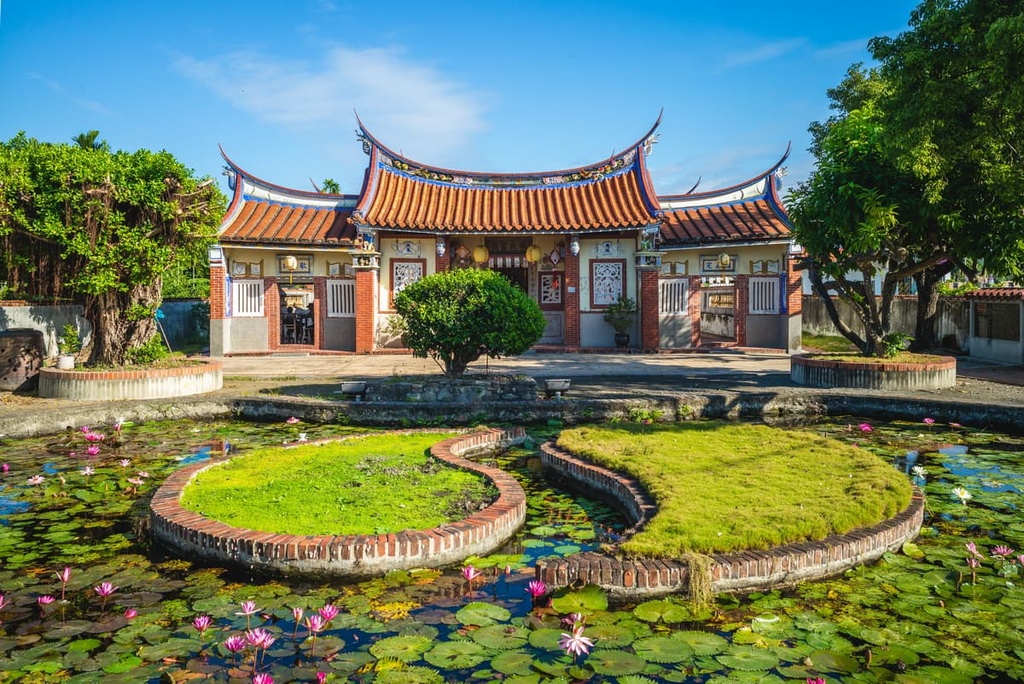
Pingtung City is one of the lesser-known and lesser frequented cities among tourists to Taiwan; however, that should not deter visitors. As it is located in southern Taiwan, Pingtung City is eternally warm and sunny all year long. The locals welcome visitors with open arms and friendly smiles, while nature is untouched and devoid of the heavy crowds.
Pingtung City is a centre of culture, especially with respect to many of the Indigneous cultures of Taiwan. In the Sandimen Township of Pingtung County, Taiwan’s Indigenous Cultural People’s Park showcases nine distinct types of tribal architecture, artwork and murals. Exhibitions in the park are presented with ample information to educate visitors on the tribes’ histories and cultures.
Meanwhile, Wutai Village is tucked away in the mountains of Pingtung County and is a much-loved scenic location for nature enthusiasts. The Indigenous Rukai have called this high-elevation village home for countless generations. In the village, views of the surrounding rolling peaks and shaded valleys are both plentiful and spectacular.
If you love snorkelling and scuba diving, take a ferry from the Pingtung City port to the coral reef island of Xiao Liuqiu. Xiao Liuqiu is famous in Taiwan for its unique rock formations, sapphire blue beaches, and rich marine ecology where sea turtles and unique fish species roam in abundance. This tropical wonderland is locally known as Little Ryukyu, as its landscape is similar to that of Okinawa.
Pingtung County is also home to two national treasures. First is Kenting National Park (墾丁國家公園), where a subtropical garden of banyan trees is interspersed with ethereal stalactite caves. The beaches here stretch for miles, and the blissfully sunny weather radiates warmth and holiday vibes throughout the year.
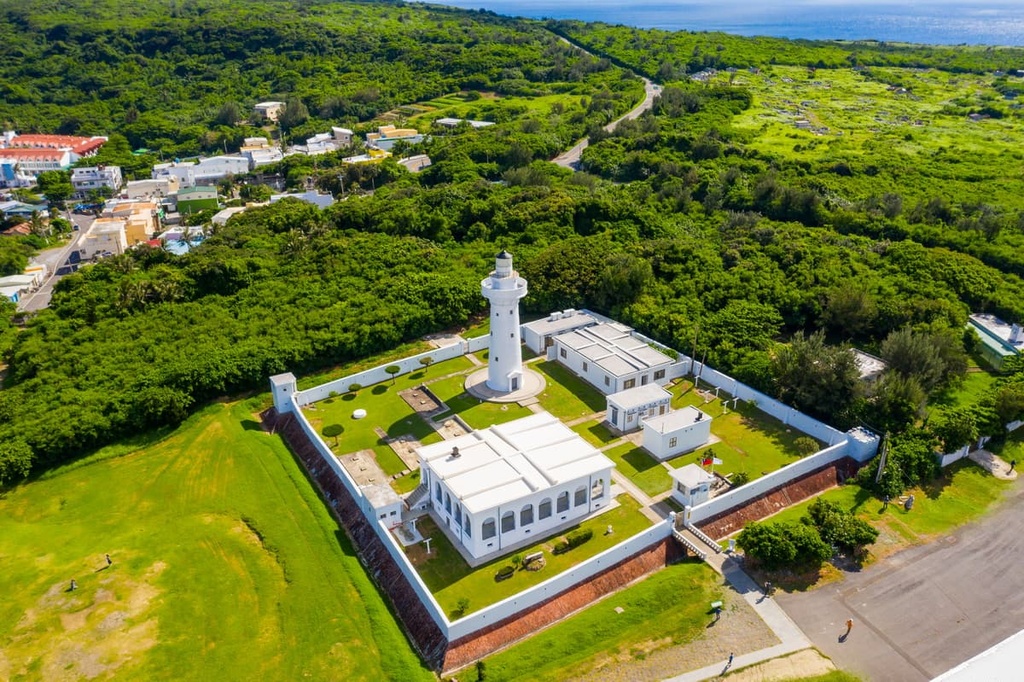
Shuangliu National Forest Recreation Area is also located in Pingtung County. In the recreation area, a number of shaded forest trails lead to a majestic 25 metre (82 ft) high waterfall.
Taiwan’s eastern gem, Taitung City, is synonymous with nature. As it is situated on the east side of the Central Mountain Range, visitors to the region have to travel quite a distance to access this laid-back coastal city.
Within the city, the Taitung Railway Art Village is housed in an old railway station. This is a creative space that combines art, history, and architecture. Here, five old warehouses display art collections from local artists, while the hall of the disused station is now an information centre. Visitors can also walk on the disused tracks during their trip to the village.
Liyu Shan (鯉魚山) is arguably the best mountain to climb in the village if one wants a sweeping panoramic view of Taitung City. From the summit, one can see the crashing waves lap the endless sandy shore where the sparkling blue waters of the Pacific Ocean radiate underneath the glistening southern Taiwan sun.
One cannot visit Taiwan and not frequent the island’s abundant hot springs. In Taitung City, Zhiben Hot Springs can accommodate visitors of any budget, offering affluent hot spring resorts and spas to smaller hot spring inns. While the treatment may be different, the quality of the water is the same. The thermal hot springs consist of sulphur carbonate, which is believed to aid intestinal and arthritic ailments.
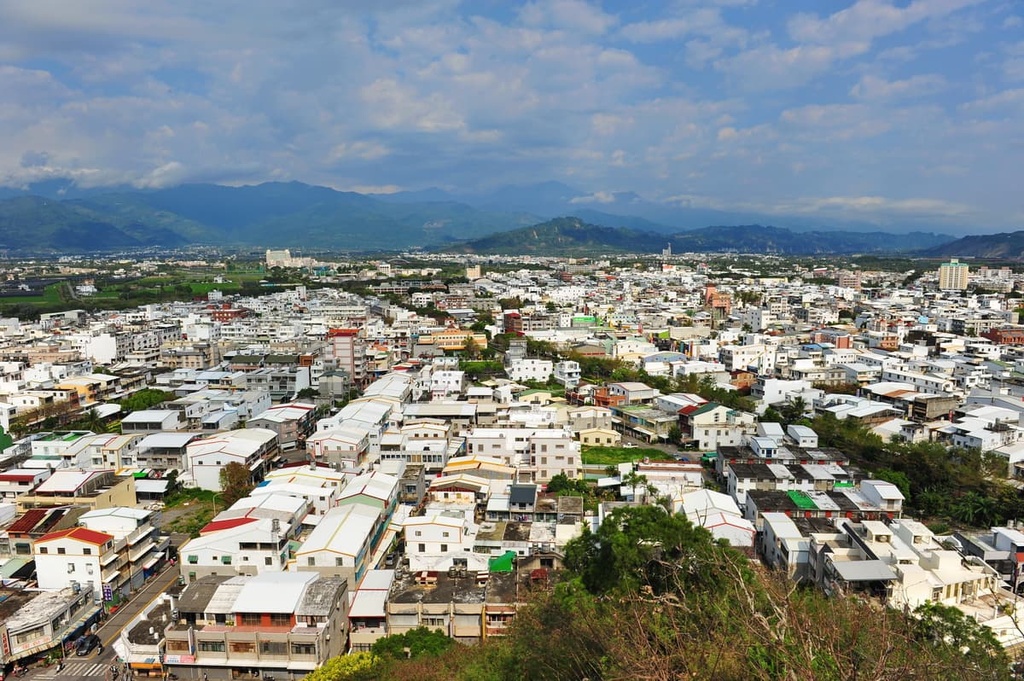
The annual Taitung Hot Air Balloon Festival is also held every summer in Taitung County. During the festival, the city’s sunny skies are jam-packed with colourful domed balloons gliding overhead.
Some hot air balloons are wonderfully quirky, featuring cartoon characters and cute animals. The festival is hugely popular in Taiwan, attracting both local and international visitors. While the spectacle is charming, visitors can also take a balloon ride and view the stunning unspoilt scenery of Taitung County below.
Just a short ferry ride from the port of Taitung City is the underwater kingdom of Green Island, also known as Ludao (綠島). This pristine paradise once housed a jail for political prisoners.
Luckily, the Taiwan government removed the prison building, and what remains is a verdant land of grassy plains, coastal hills, crystal clear bays, ancient Taiwanese settlements, and of course, hot springs. The best way to explore the 18 km (11 mi) road looping around Green Island is by scooter.

From the major cities of Taipei, Taoyuan, Hsinchu, Taichung, Chiayi, and Tainan, take the Taiwan High-Speed Rail (HSR) to Kaohsiung City. From here, take the local express train (TRA) from Kaohsiung City Station to Pingtung City. Alternatively, visitors can take the local express train (TRA) from any major city to Pingtung City.
Once in Pingtung City, take the local express train (TRA) to Fangliao Train Station. From here, visitors can rent a car or scooter or take a taxi to the Chachaya Lia Mountain Major Wildlife Habitat. It is a 32 km (20 mi) journey from Fangliao Train Station to Chachaya Lia Mountain Major Wildlife Habitat.
Explore Chachaya Lai Mountain Major Wildlife Habitat with the PeakVisor 3D Map and identify its summits.








